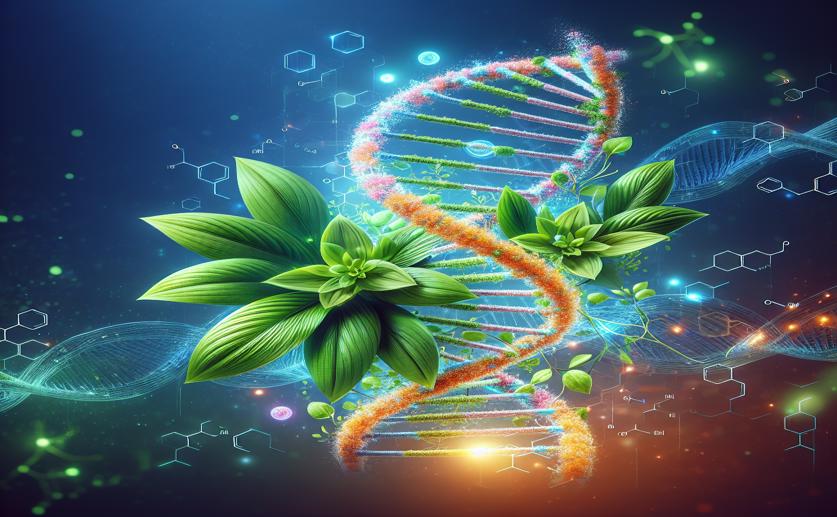
Identifying Traditional Chinese Medicine Plants with DNA
Jenn Hoskins
3rd March, 2024

Image Source: Natural Science News, 2024
Key Findings
- Researchers in Japan developed DNA markers to identify a key medicinal root, Angelicae acutilobae radix
- These markers can distinguish it from similar Chinese roots, ensuring correct use in traditional medicine
- The technique helps prevent misidentification and maintains the efficacy of medicinal treatments
References
Main Study
1) Identification of Angelica acutiloba, A. sinensis, and other Chinese medicinal Apiaceae plants by DNA barcoding.
Published 1st March, 2024
https://doi.org/10.1007/s11418-024-01796-0
Related Studies
2) Identification of species and materia medica within Angelica L. (Umbelliferae) based on phylogeny inferred from DNA barcodes.
3) The tortoise and the hare II: relative utility of 21 noncoding chloroplast DNA sequences for phylogenetic analysis.
4) Comprehensive quality evaluation and comparison of Angelica sinensis radix and Angelica acutiloba radix by integrated metabolomics and glycomics.
5) Angelica sinensis in China-A review of botanical profile, ethnopharmacology, phytochemistry and chemical analysis.



 27th February, 2024 | Greg Howard
27th February, 2024 | Greg Howard